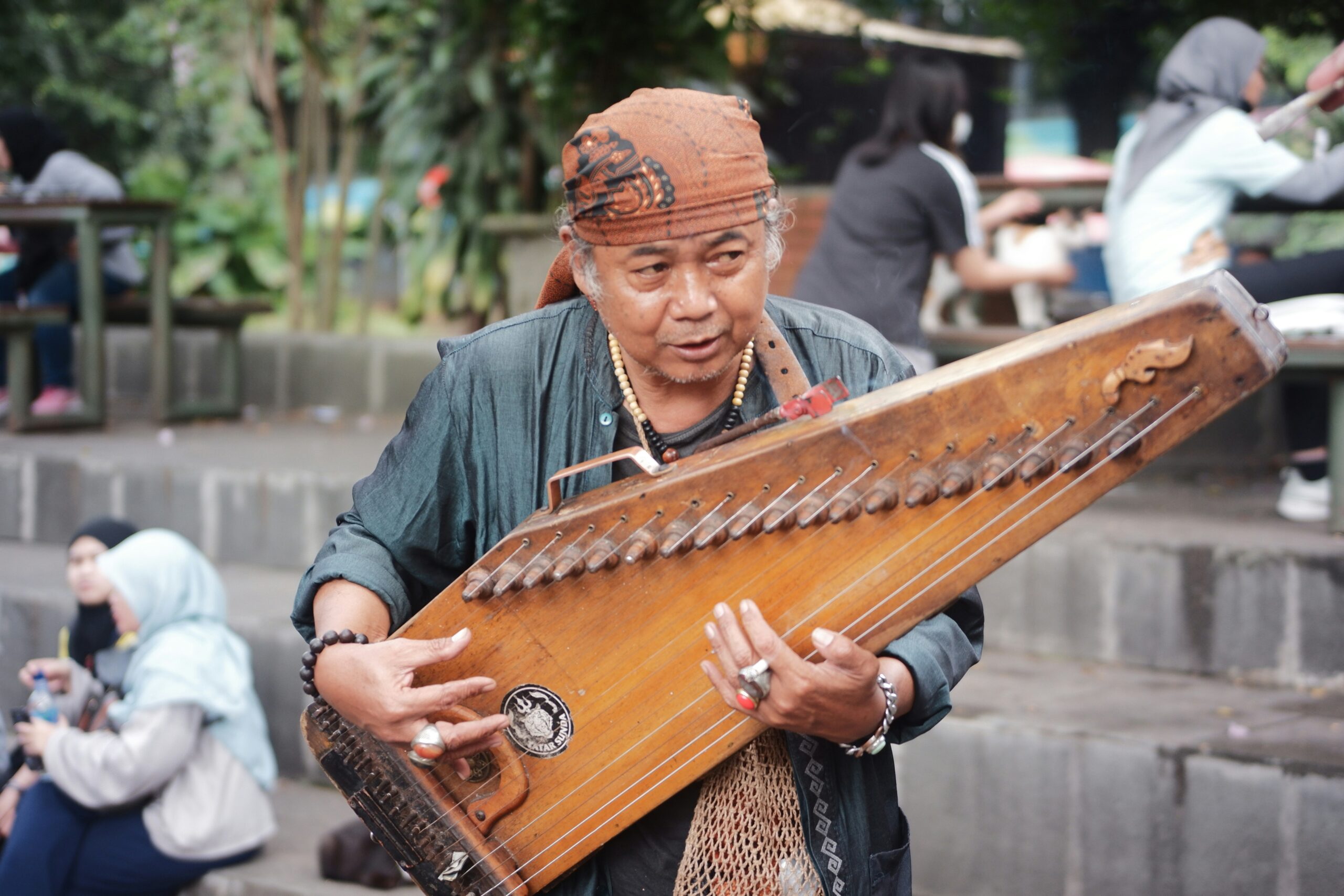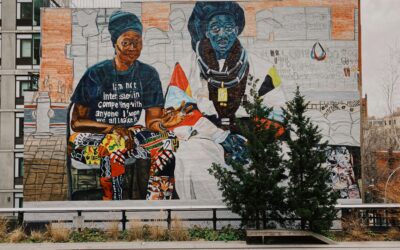Music is the heartbeat of culture—its rhythms, melodies, and lyrics carrying centuries of collective memory. Across the globe, traditional music serves as both a living archive and a vibrant expression of identity. From the haunting ululations of Mongolian throat singing to the celebratory drumming circles of West Africa, these sonic traditions hold stories of ancestry, community, and resilience.
1. Music as Cultural Memory
Long before written histories, communities used song to pass down legends, moral lessons, and social values. A single folk tune could encapsulate migration patterns, epic battles, or religious beliefs. In many societies, professional oral historians—griots in West Africa or bardic poets in Celtic lands—safeguarded cultural memory through music.
These traditions ensure that even when languages fade, melodies endure. The distinctive scales, call-and-response patterns, and instrumental techniques become identifiers of a people’s past and present.
2. Instruments of Identity
Traditional instruments are often handcrafted using local materials: bamboo flutes in Southeast Asia, wooden xylophones in Central Africa, taut animal-skin drums in the Middle East. Each instrument’s timbre evokes its environment—wind, water, earth, or forest.
The Chinese guqin, Japan’s shamisen, the Native American powwow drum—each carries not only unique sounds but also ceremonial roles. Learning an instrument is often a rite of passage, forging a personal bond between musician and heritage.
3. Dance, Ritual, and Community
In many cultures, music and dance are inseparable. The Albanian iso-polyphony tradition links multi-part singing with specific dances, while the Maori haka combines chant, rhythm, and movement to convey communal strength.
Rituals—weddings, harvest festivals, funerals—feature signature songs that define life’s milestones. These pieces are not performed for stage spectacle but for shared spiritual and social meaning.
4. Resilience Through Change
Colonialism, globalization, and political upheaval have threatened many musical traditions. Yet, communities adapt. In Brazil, Afro-Brazilian Candomblé drumming survived centuries of prohibition by moving from public squares into private terreiros (shrines). In Ireland, rounds of folk revival in the 20th century rescued Gaelic songs nearly lost to anglicization.
Today’s artists often blend traditional forms with contemporary styles—fusing oud and electronica in the Middle East or combining Andean pan-pipes with jazz improvisation. These hybrids keep heritage alive by making it relevant to younger generations.
5. Music as Language of Protest
Traditional music often becomes a vehicle for social and political commentary. Zulu isicathamiya choirs in South Africa voiced covert defiance under apartheid. Puerto Rican plena songs chronicled urban life and colonial critique. In the Philippines, Kundiman ballads transitioned from courtship tunes to war-time anthems of resistance.
These musical forms remind us that culture—and its preservation—can be an act of courage.
6. Educational and Preservation Efforts
Ethnomusicologists, cultural centers, and local elders collaborate to document endangered traditions. Field recordings, notation projects, and community workshops help transmit skills. UNESCO’s “Intangible Cultural Heritage” lists—such as Georgian polyphonic singing or the Turkish Mevlevi Sufi music—support global awareness and funding.
In classrooms, children learn traditional songs alongside global pop hits, fostering pride and cross-cultural curiosity.
7. Digital Revival and Global Access
The internet has transformed access to traditional music. Archival recordings, live-streamed festivals, and YouTube tutorials allow anyone to explore world traditions. Virtual reality projects even immerse listeners in historic soundscapes.
Yet with this access comes responsibility: to credit source communities, respect performance contexts, and avoid cultural appropriation.
Conclusion: Keeping the Beat Alive
Traditional music is culture in motion. Its rhythms and melodies connect us to ancestors, reinforce communal bonds, and inspire future creativity. By learning, performing, and preserving these musical forms, we ensure that the heartbeat of heritage never fades into silence.




